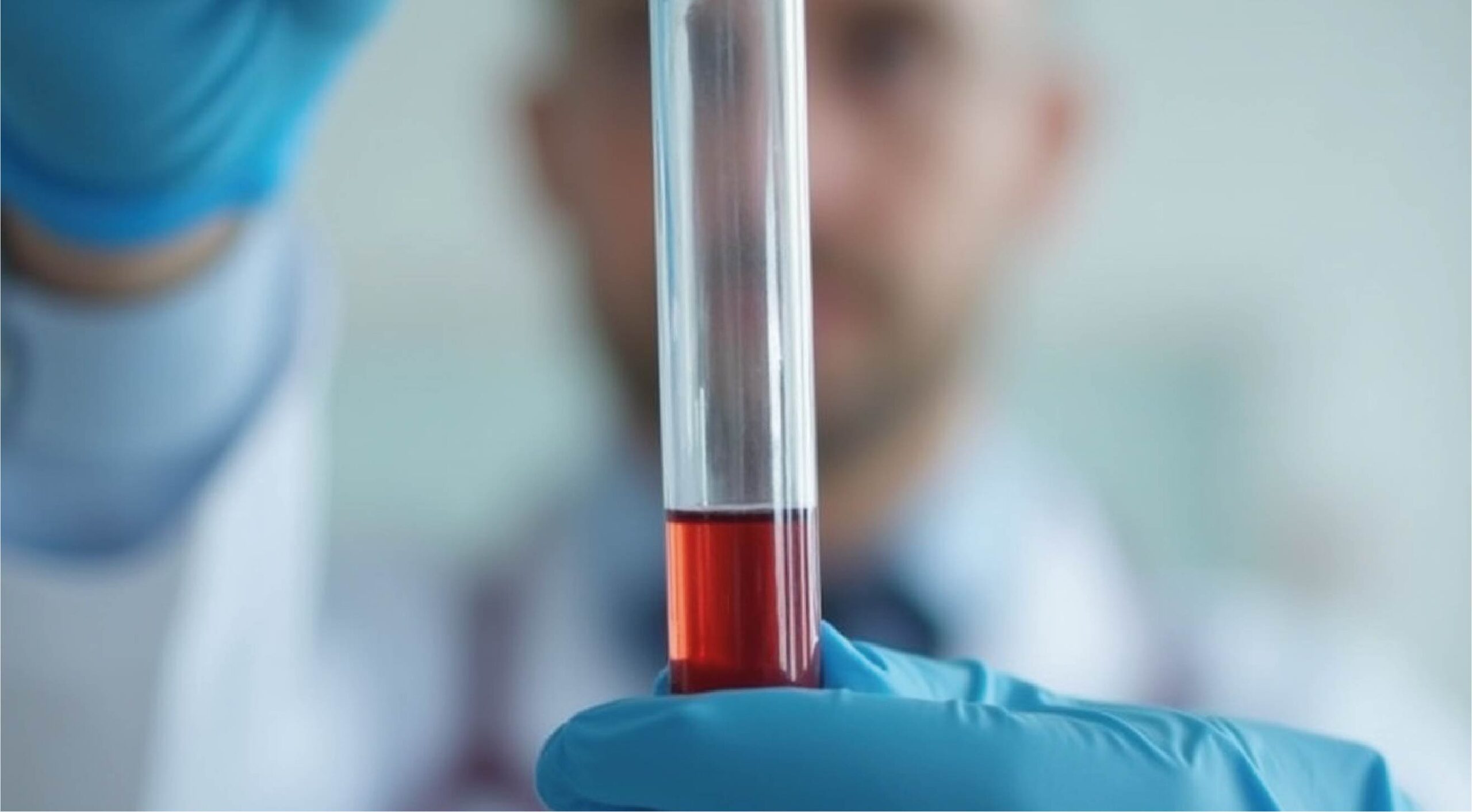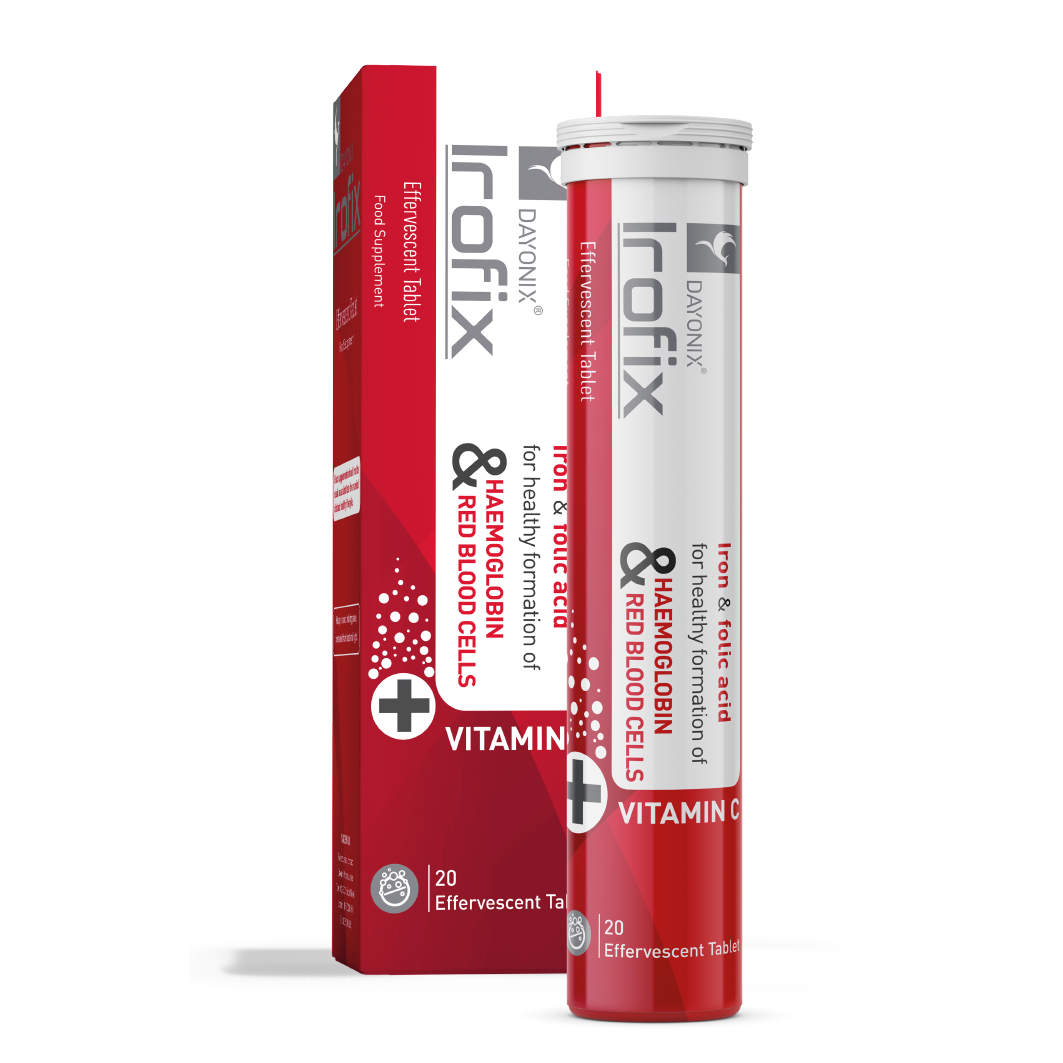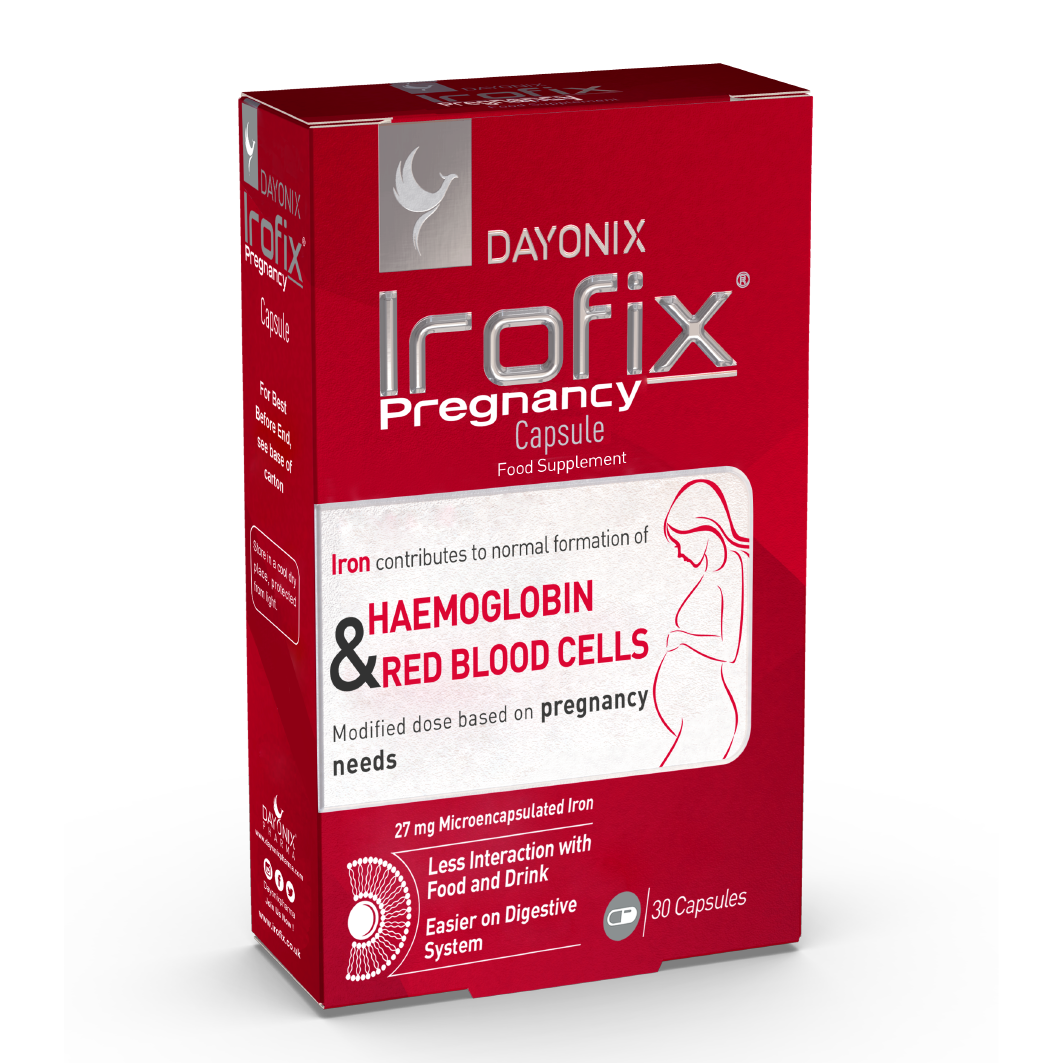
Anemia: Types, Prevention, and Effective Treatment Options
March 1, 2025What is Anemia?
Anemia is a condition characterized by a shortage of healthy red blood cells or a deficiency in hemoglobin, which can cast a shadow on one’s vitality and well-being. Understanding the various types of anemia, exploring preventive measures, and delving into treatment options is crucial for managing this condition effectively.
Types of Anemia: A Diverse Spectrum
Anemia is not a one-sided condition. Different types stem from various causes, each requiring tailored approaches for diagnosis and management. You can see some of the more common anemias below:
- Iron-Deficiency Anemia: The most common type of anemia is iron-deficiency anemia. It occurs when the body doesn’t have enough iron to produce hemoglobin, the protein in red blood cells that carries oxygen from the lungs to the rest of the body. The insufficient hemoglobin leads to a reduced number of healthy red blood cells, affecting the blood’s ability to transport oxygen efficiently.
- Vitamin-Deficiency Anemia: Deficiencies in key vitamins like B12 and folate can lead to anemia, impacting the production and maturation of red blood cells.
- Hemolytic Anemia: This occurs when red blood cells are prematurely destroyed, either due to inherited conditions, autoimmune disorders, or other underlying health issues.
- Aplastic Anemia: In this rare form, the bone marrow fails to produce enough blood cells, including red blood cells, white blood cells, and platelets.
- Sickle Cell Anemia: An inherited condition where red blood cells adopt a sickle shape, hindering their normal functioning and leading to a chronic shortage.
Anemia signs and symptoms

- Fatigue and Weakness: A prevailing hallmark of anemia is an overwhelming sense of fatigue and weakness. As red blood cells carry oxygen to tissues and organs, a scarcity of these cells can result in diminished oxygen delivery, leaving individuals feeling persistently tired.
- Paleness: The pallor of the skin, mucous membranes, and nail beds due to low hemoglobin levels. Reduced hemoglobin levels compromise the rosy hue normally imparted by oxygen-rich blood, leading to a visibly paler complexion.
- Shortness of Breath: Insufficient oxygen-carrying capacity prompts the body to compensate by increasing the heart rate and respiratory rate. Individuals with anemia may experience shortness of breath, particularly during physical exertion or even with minimal activity.
- Dizziness and Lightheadedness: Inadequate oxygen supply to the brain can result in dizziness and lightheadedness. These symptoms may be especially pronounced when standing up quickly or standing for extended periods.
- Cold Hands and Feet: Poor circulation, stemming from reduced red blood cell count, can lead to a sensation of coldness in the extremities. Hands and feet may become persistently cold, even in moderate temperatures.
- Headache: Anemia can contribute to headaches, particularly those induced by the strain on the body to compensate for oxygen deficiency. Persistent or recurrent headaches may warrant investigation into potential anemia.
- Chest Pain: In severe cases of anemia, where the heart must work harder to compensate for decreased oxygen delivery, individuals may experience chest pain or angina. This symptom necessitates immediate medical attention.
- Brittle Nails and Hair Loss: Changes in the texture and health of nails and hair can be indicative of anemia. Brittle nails and hair loss may result from inadequate oxygen and nutrient supply to these tissues.
Preventing Anemia: Building Resilience
Prevention is a cornerstone in the battle against anemia, and adopting a few lifestyle changes can significantly reduce the risk.

- Nutrient-Rich Diet: Consuming a diet rich in iron, vitamin B12, and folate helps fortify the body against anemia. Include lean meats, leafy greens, legumes, and fortified cereals in your meals.
- Supplements: For individuals at risk of specific deficiencies, such as young women, pregnant women or those with malabsorption issues, supplements under medical guidance can be beneficial.
Read more at Iron Supplements: Benefits, Types, and How to Choose the Right One
- Regular Health Check-ups: Periodic health check-ups, including blood tests, can detect early signs of anemia, enabling prompt intervention.
Anemia Treatment Strategies:
Treatment for anemia varies depending on the underlying cause and type. Here are some common approaches:
- Iron Supplements: Iron-deficiency anemia often responds well to iron supplements, enhancing the body’s ability to produce healthy red blood cells. The recommended dosage of iron supplements is determined based on individual blood test results to address the specific needs of each person.
-
- Vitamin Supplements: Vitamin B12 or folate supplements address deficiencies contributing to anemia.
Conclusion:
Anemia may cast a shadow, but with the right knowledge and proactive measures, individuals can embark on a journey towards recovery. Prevention, early detection, and targeted treatments form the pillars of effective anemia management.
References:
- National Heart, Lung, and Blood Institute. (2021). Iron-Deficiency Anemia.
- World Health Organization. (2021). Nutritional Anaemias: Tools for Effective Prevention and Control.
- American Society of Hematology. (2021). Types of Hemolytic Anemia.
- National Institute of Diabetes and Digestive and Kidney Diseases. (2021). Aplastic Anemia.





